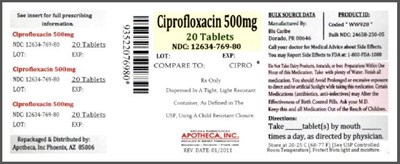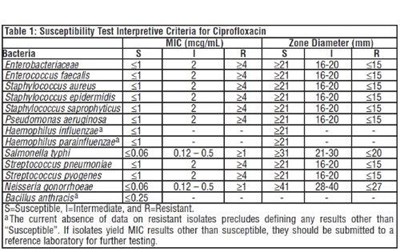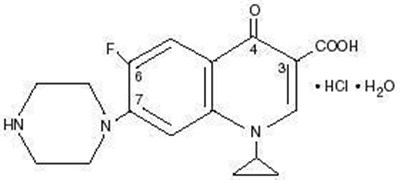Product Images Ciprofloxacin
View Photos of Packaging, Labels & Appearance
Product Label Images
The following 4 images provide visual information about the product associated with Ciprofloxacin NDC 12634-769 by Apotheca Inc., such as packaging, labeling, and the appearance of the drug itself. This resource could be helpful for medical professionals, pharmacists, and patients seeking to verify medication information and ensure they have the correct product.
label - 769 80

The text seems to be a description of a medication named Ciprofloxacin, which comes in 500mg tablets packaged in bottles containing 20 tablets. The medication has a NOC number and an expiration date. The tablets are manufactured by a certain company and distributed by Apotheca Inc, Phoenix, AZ. The packaging is tight and light-resistant with a child-resistant closure. The text includes instructions for use, storage, and a note to call a physician for medical advice in case of side effects. However, some of the text is not easy to understand, and some parts are illegible.*
Table 1 - ciprofloxacin tablets 2

Table 1 presents the susceptibility test interpretive criteria for Ciprofloxacin against various bacteria. It lists the MIC (minimum inhibitory concentration) values and the corresponding diameter measures for each type of bacteria. The results are categorized as susceptible, intermediate, or resistant. The absence of data on resistant isolates precludes defining any other result than susceptible, and isolates that yield MIC result other than susceptible should be submitted to a reference laboratory for further testing.*
Table2 - ciprofloxacin tablets 3

This is a table showing the quality control results for susceptibility testing of ciprofloxacin on different strains of bacteria including Enterococcus faecalis, Escherichia coli, Hemophilus influenzae, Pseudomonas aeruginosa, Staphylococcus aureus, Neisseia gonorrhoeae, and C. jejuni. The table shows the MIC range and zone diameter in millimeters for each strain. Testing methods varied between agar environment and broth microdilution procedure using different growth supplements and CO2 percentages.*
* The product label images have been analyzed using a combination of traditional computing and machine learning techniques. It should be noted that the descriptions provided may not be entirely accurate as they are experimental in nature. Use the information in this page at your own discretion and risk.
